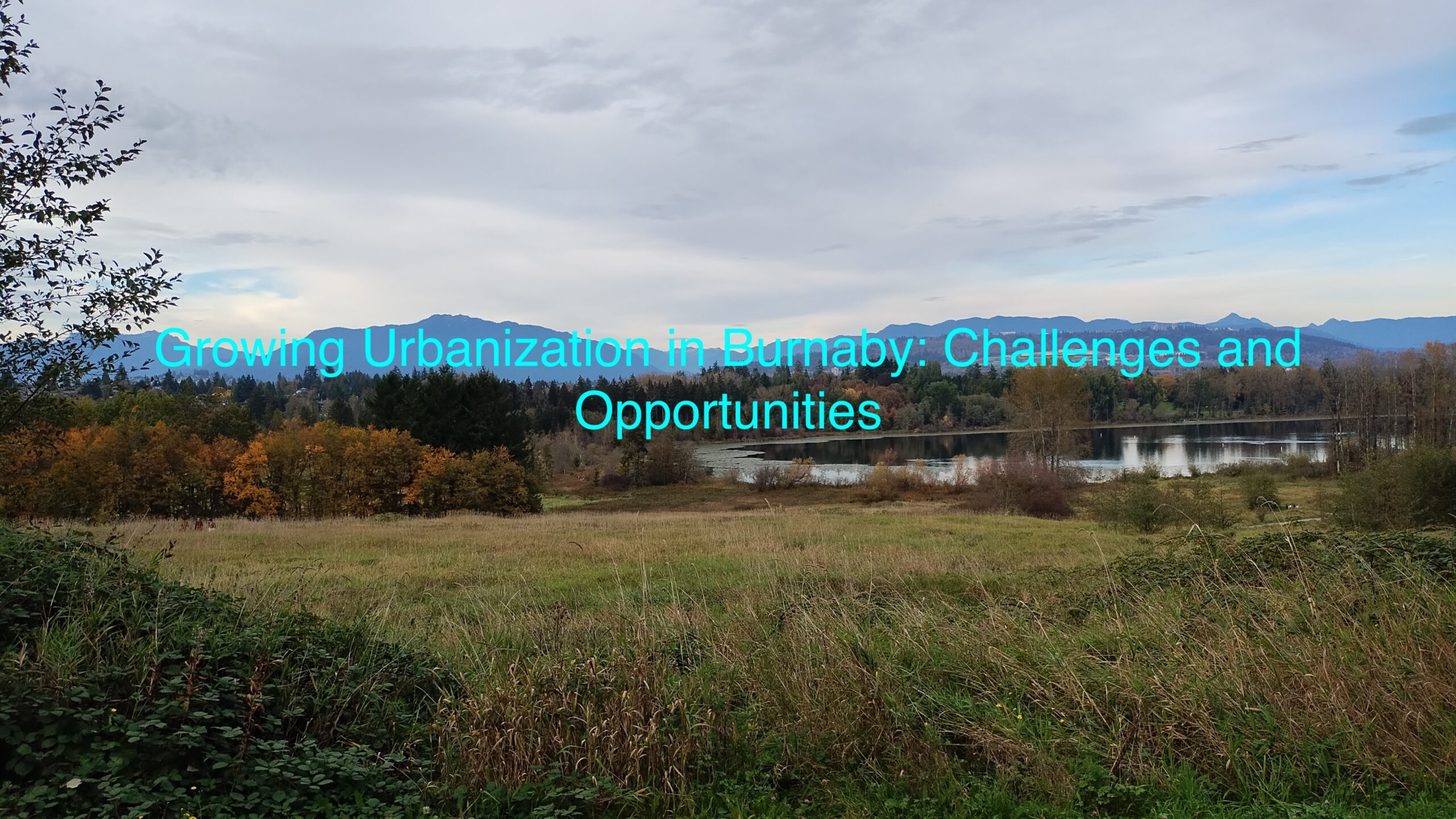Print Assignment
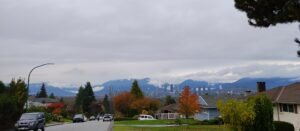
Burnaby High-Rise Buildings: A stunning view of Burnaby’s rapidly growing skyline, captured by Po Pan on November 2, 2024, showcasing the city’s modern architecture and urban expansion against a mountainous backdrop.
Burnaby, a fast-growing city in British Columbia, is undergoing a significant transformation. It is becoming a regional hub thanks to its population boom and construction projects, such as Brentwood Town Centre and Metrotown. New high-rise buildings and commercial spaces have transformed the city’s landscape in the past decade.
As a result of this development, residents and policymakers have been debating how to manage growth sustainably. There are questions about how the city will maintain affordable housing while preserving green spaces.
The Driving Forces Behind Urban Growth
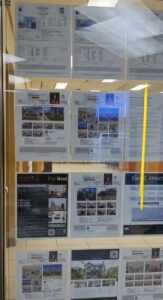
Affordable Homes for Sale in Burnaby – A Glimpse of Available Listings, Captured by Po Pan, November 2, 2024
Because of its proximity to Vancouver, Burnaby is a popular location for individuals looking for more affordable housing options. Between 2016 and 2021, Burnaby’s population grew by over 10%, reaching more than 250,000 residents. Hence, city infrastructure, transportation, and housing supply have been under pressure.
Additionally, the city’s development plans reflect its vision to become a vibrant, sustainable, and inclusive urban center. A recent interview with Mayor Mike Hurley expressed optimism: “We are building the city of the future, where everyone can live, work, and thrive. But it’s a delicate balance.”
Environmental and Social Concerns
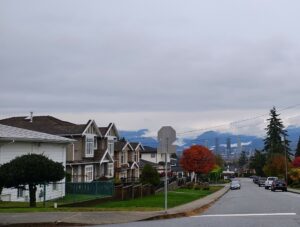
Residential houses in Burnaby, BC, showcasing modern architecture against a lush natural backdrop. Captured by Po Pan on November 2, 2024.
Burnaby’s rapid urbanization raises environmental concerns despite these ambitions. Burnaby Mountain and Central Park are two of the city’s many green spaces. Unchecked development might compromise these natural areas, residents worry. While high-density living reduces urban sprawl, it can cause congestion and strain on public services, say critics.
There are also social concerns. With escalating property values and rising rents, housing affordability has become a major issue. Based on a report by the Canadian Centre for Policy Alternatives, average rents in Burnaby increased by 20% between 2017 and 2021, pushing lower-income families out of the city center. To address this issue, the city has initiated affordable housing projects, but demand continues to outpace supply.
Infrastructure and Transit
The city is also investing in infrastructure projects to accommodate the growing population, such as roads, public transportation, and utilities. As part of this plan, SkyTrain services will be expanded, which will reduce traffic congestion and promote environmentally friendly commuting options. Residents can stay connected to the Greater Vancouver Area and contribute to sustainable urban growth by taking advantage of these improvements.
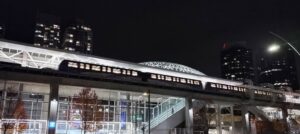
SkyTrain Station in the evening, capturing the vibrant cityscape and modern transit lines. Photo by Po Pan, taken on November 2, 2024.
- SkyTrain Expansion: A major initiative that will facilitate mobility and reduce car dependency.
- Road Network Updates: Enhancements to major roads are planned to accommodate the increasing number of commuters.
- Sustainable Infrastructure: Projects that include green spaces and eco-friendly materials to reduce environmental impact.
Even with these efforts, rapid growth places a strain on existing infrastructure, leading to traffic congestion and overcrowded public transportation.
“Let us explore the intricate processes behind designing and managing modern cities in this insightful conversation with an urban planner. This interview will provide an overview of urban development challenges and opportunities, including strategies for sustainable growth, community engagement, and technology’s role in shaping cities of the future. Take a look at urban planning!”
Video Story
Conclusion
Burnaby’s residents and leaders must navigate challenges associated with urban expansion as the city grows. Maintaining the city’s character while fostering economic growth will require finding the right balance between development and sustainability. There is a growing demand for green building initiatives, improved public transit, and affordable housing in city planning.
The city’s ability to listen to community voices will be crucial moving forward. Burnaby’s future could provide a blueprint for other cities grappling with the complexities of urbanization. In the coming decades, its next steps will be crucial in defining the city’s identity.
